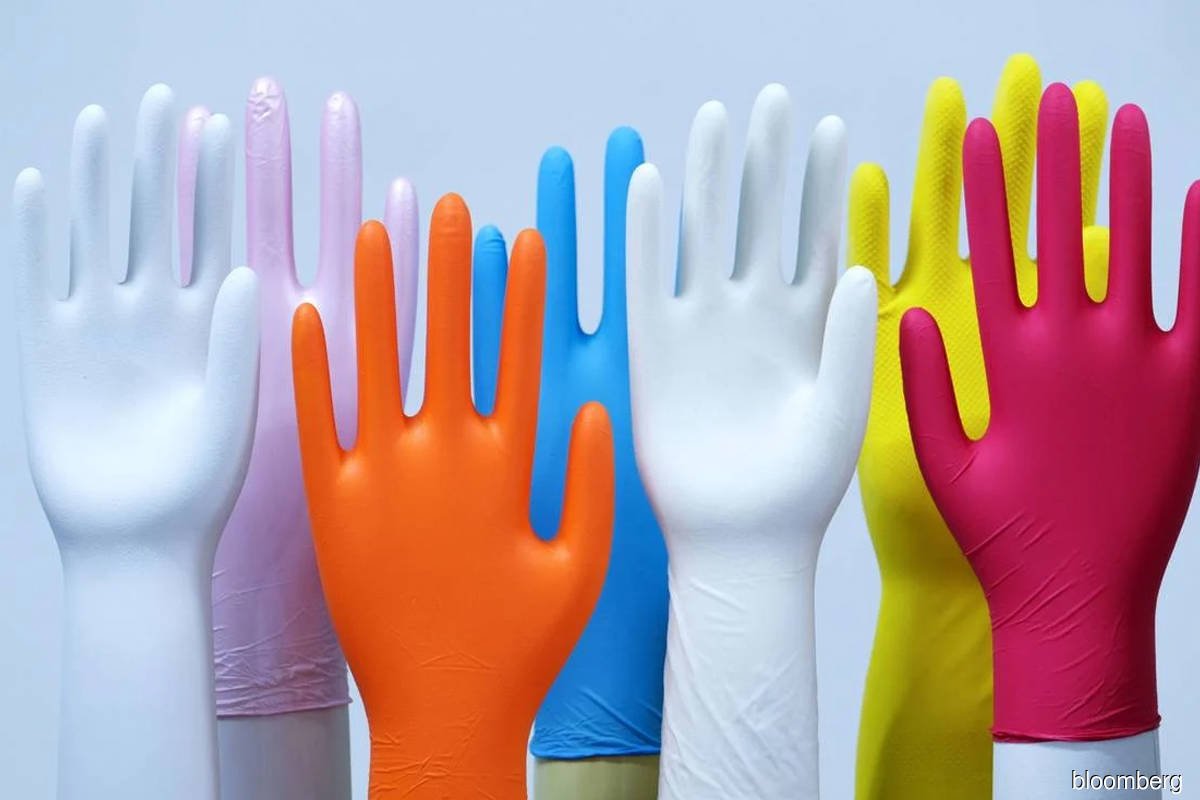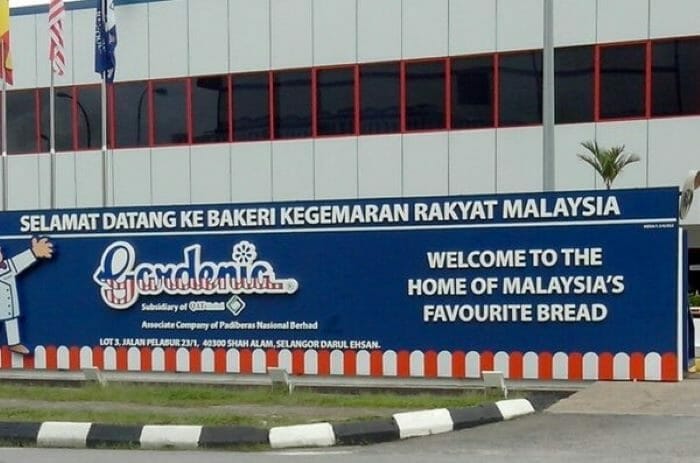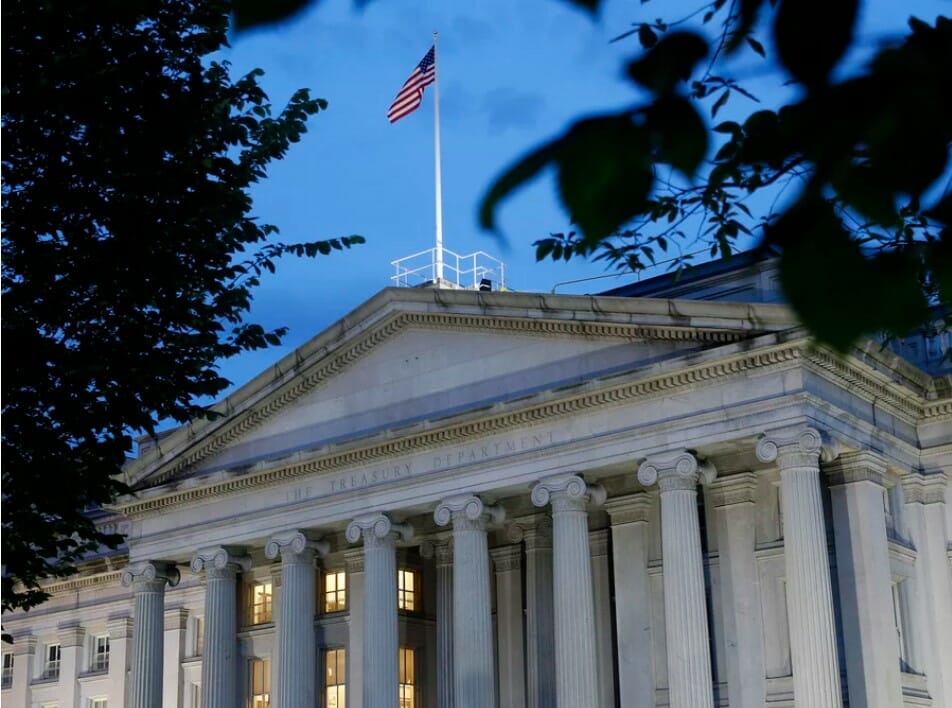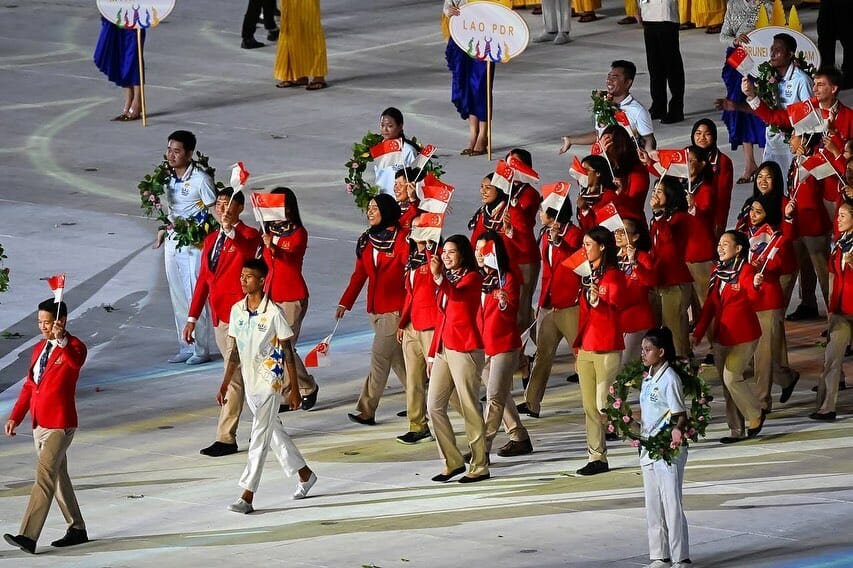CGS-CIMB Research has downgraded the rubber glove sector from “overweight” to “neutral” due to deteriorating earnings outlook. The research house said in a note yesterday that lower earnings prospects are expected due to declining average selling prices (ASPs) and an aggressive capacity build-up.
The “aggressive capacity build-up in the sector is a concern,” according to CGS-CIMB.
Due to the surge in worldwide glove demand caused by the Covid-19 epidemic, glove companies under its coverage are actively expanding their production capacity, with the company projecting a 60.5 percent increase in total capacity by end-2023 from the present 201.2 billion.
“This is despite fresh supply from established glove manufacturers and new entrants, as more companies enter the glove business.” While an overstock situation is unlikely in the immediate future, the rise in global glove supply should result in more balanced supply-demand dynamics in the sector, according to the research firm.
Rubber glove ASPs peaked in the first quarter of 2021 (1Q21), according to CGS-CIMB, and are expected to drop in the future.
This is owing to ambitious expansion ambitions by new and established glove manufacturers, as well as slower client buying patterns and dwindling spot orders.
ASPs per 1,000 pieces are expected to reach US$77 (about RM319.92), US$39, and US$29 in 2021, 2022, and 2023, respectively, according to the research house, which also believes that “ASPs will decline to pre-Covid 19 levels” (US$21 to US$24 per 1,000 pieces) due to higher production costs and consumption patterns.
CGS-CIMB conducted proprietary case studies of global glove supply and demand dynamics, concluding that “a glove supply excess is unlikely to occur in the next two to three years.” It did note, however, that from CY24 (calendar year 2024) onwards, incoming glove supply may outpace global demand growth if sector capacity growth remains above 20% per year, global glove demand remains below 10% per year, and the top seven listed glove makers’ market share of global glove supply remains at 60% or below annually.
“While we are now ‘neutral’ on the sector’s outlook, we believe that current values have already factored in the worse earnings projections.”
This is backed up by: I good dividend yields (estimated to range from 3.3 percent to 13.2 percent for fiscal years 21 to 23); ii) strong balance sheets (all glove makers are in positive cash flow); and iii) Malaysia’s dominating position in global glove exports (67 percent market share in 2020). “We also believe in the glove producers’ ESG (environmental, social, and corporate governance) measures, particularly in terms of social compliance,” the research firm added.
Kossan Rubber Industries Bhd is its top sector pick, while Hartalega Holdings Bhd remains a “add” call. This is owing to their favorable valuations (at a significant discount to the five-year [2015-2019] mean and 10-year mean), lower earnings volatility (smaller ASP rises during Covid-19), and lower exposure to spot orders, according to CGS-CIMB.
It downgraded Supermax Corp Bhd from “add” to “hold” because it expects the glove maker’s ASPs to fall by a larger amount vis-a-vis its peers in the financial years ending June 30, 2022 (FY22) to FY24, as its original brand manufacturing (OBM) model will not provide better margins in a normalized environment.
A significant spike in glove demand and/or ASPs is one of the sector’s upside risks, while a sharper-than-expected drop in glove ASPs is one of the sector’s downside risks./n





